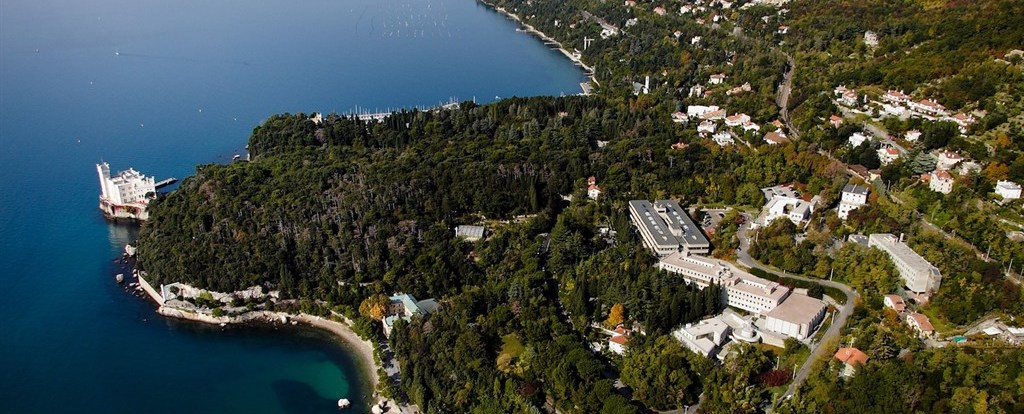Speaker
Description
One of the possible pathways to the formation of a supermassive black hole (SMBH) is the hierarchical merging scenario. Central SMBHs at interacting and merging host galaxies are observed as SMBH candidates at different separations from hundreds of pc to mpc. One of the strongest SMBH merging candidates is the galaxy NGC7727, which was resolved with the high spatial resolution mode of the MUSE integral field spectrograph on the VLT using adaptive optics. Based on these unique observations, the very precise SMBH masses and radial velocities, together with the nucleus masses and size parameters, have been estimated for the first time for this galaxy. Based on these direct observations and using our parallel and high order (4th order Hermite) GPU-accelerated dynamical N-body (phi-GPU) code, we were able to trace the evolution of the SMBH and the host galaxy nucleus from kpc to mpc scales. The main goal of our dynamical modeling was to reach the gravitational wave (GW) emission regime for the multiple BHs model. We present the set of direct N-body simulations with up to one million particles and with the relativistic post-Newtonian corrections for the SMBHs particles up to 3.5PN. From our model set, we find that the upper limit of the merging time for the central NGC7727 SMBHs is about 100 Myr.
